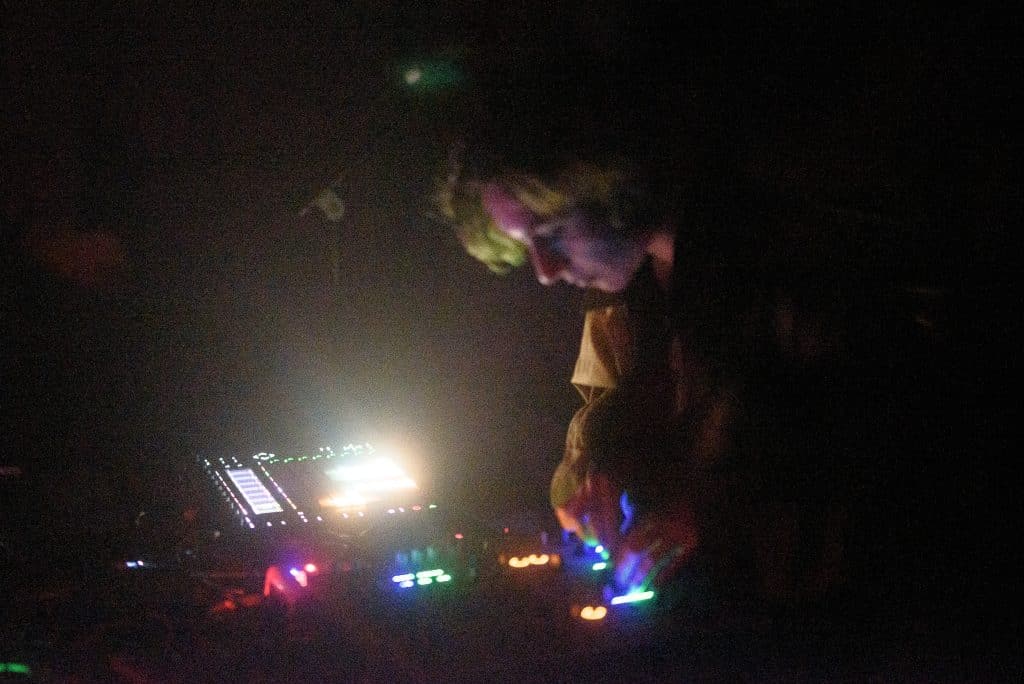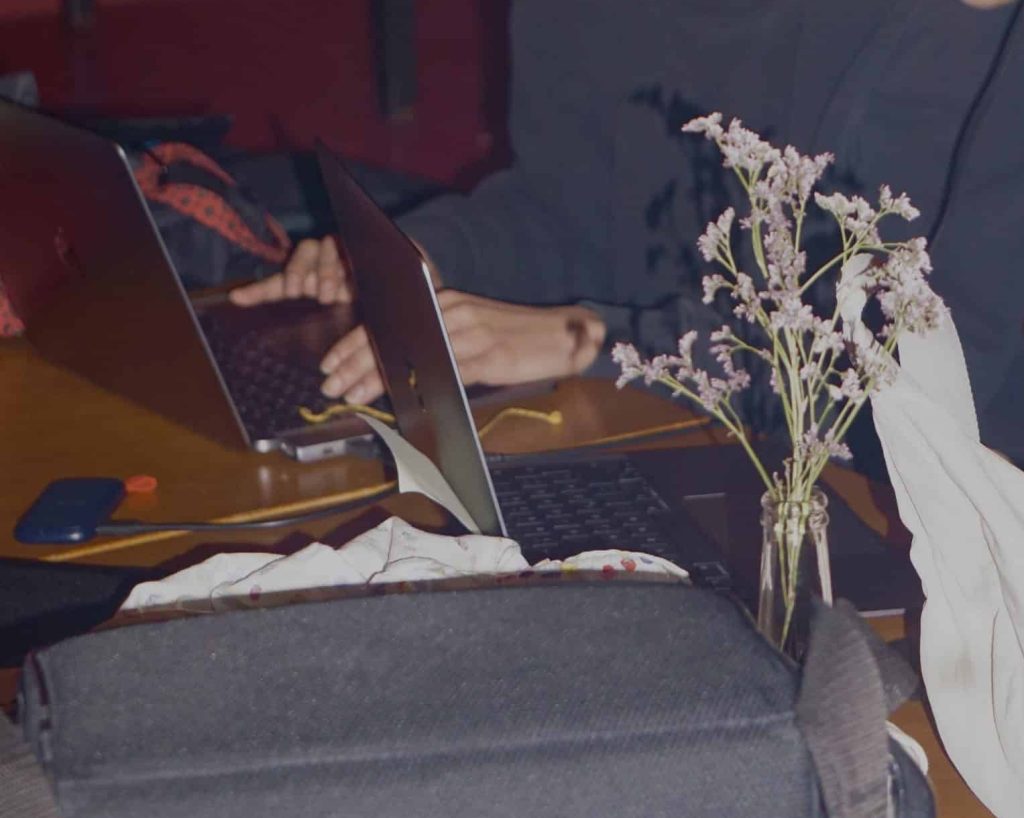
Machines & Club Culture
Electronic music is singular in its symmetry with technological innovation. No other art practice mirrors, with such fidelity, technological advance. Does this manifest itself as inhibition, or a great liberator in an era of infinite digital possibilities? How does this technological foreground shape the club visitor’s experience?
Words by Daniel Manz / Commissioned by Plor / Photography by Sjoerd Knol, Tom van Huisstede & m3camera

Sound system culture in the West Indies/UK heralded this position. The advent of affordable transistor technology in the mid 20th century, and the subsequent development of solid-state amplification provided a healthy breeding ground for grass roots technologists. Engineering was discussed over a spliff. South London’s Sir Coxsone Outernational brought heavy baselines and dub plate specials to the the UK, laying the foundations for the bass-laden boom of rave culture in the nineties. Signal amplification became the primary spectacle in the infamous sound system clashes of 1970s, screaming wires usurping human performance.
Darker shades of production and a continued thirst for sub-bass frequencies grew symbiotically into new aesthetic forms. Tempa/Hyperdub et al. pushed dubstep from Croydon to the Midlands, reinforcing the sound system imperative. The microelectronic revolution was not only reflected in amplification – the 1980s saw a widespread adoption of sampling technology. The amen break formed an irresistible backdrop to NWAs even more irresistible vocals. Sampling fever traversed the Atlantic, landing in the deft hands of early Jungle/D&B pioneers, most notably the Metalheadz roster. Percussive mania and venom-quilled snares are pushed to the foreground – again, technological innovation becomes aesthetically essential, a defining characteristic of genre. We become further estranged from the analogue source – deconstructed sonic artefacts ejected from what is, de facto, a machine.
Aphex Twin explored this territory ad extremum – combining frenetic percussive elements with modified equipment. Analogue synthesisers, sampling machines and children’s toys were stripped apart in his circuit bending spree. Grass roots engineering sparks cultural revolution.

Where does grass roots practice now reside? For many, the spirit has implanted itself within silicon – within our beloved Digital Audio Workstations (DAWs), plug-in profusion and MaxMSP madness. “Laptop music” has voraciously redesigned the electronic music landscape. Digitalisation has become aesthetically essential. You cannot divorce Skrillex from wavetable synthesis – one of the many sonic possibilities that the digital revolution ushered. DIY programming is a modern counterpart to circuit hacking. SOPHIE’s (rest in peace) paradigm shifting oeuvre, Kode9’s irrefutable UK bass legacy and Iglooghost’s acclaimed concept albums all make heavy use of custom software. Electronica and technological innovation maintain their symmetry.
The club visitors experience is informed, acutely, by this symmetry. Demands are made, traditional modes of musical performance are forfeited. The buffer between the music and the listener is undeniable – yet you are engulfed. This buffer demands space for new artistic and personal experience, and a surrender to technological anonymity. A rapturous line is drawn between awe and dread, perhaps an acceptance of the inexorable march of technological advance. Comfortable alienation, the club’s most frequented visitor.

The adoption of the technological zeitgeist seems to be essential in the advance of electronica. Through this singular property, electronic music relinquishes agency – it cannot control its own evolution. Who really pushes innovation in the genre? Is it Skee Mask’s textural prowess, or is it the interns in Silicon Valley? Mark Zuckerberg’s alien smile may well be lurking behind 2024’s biggest dance floor hit.
The era of digital intelligence may demand further sacrifice; it is hard to imagine a scenario where this is not the case. Hands in the electronic music production line will be automated. How will innovators adopt this technology and push club culture forwards? AI powered synths, such as the newly released Synplant 2, have already left indelible impressions upon the scene. Club culture, as a result of its own conception, will mutate.
“We used to pay too little attention to utopias, or even disregard them altogether, saying with regret they were impossible of realization. Now indeed they seem to be able to be brought about far more easily than we supposed, and we are faced by an agonizing problem of quite another kind: how can we prevent their final realization?”
– Nikolai Berdyaev, The Philosophy of Freedom
Daniel Manz is a London based new-media artist operating at the intersection of art & technology. With a separate background in both programming and music production, Daniel embraces symbiosis in his work – using coding, electronics and computer visualisation to creative immersive experience. This article was realized with help of Plor.
